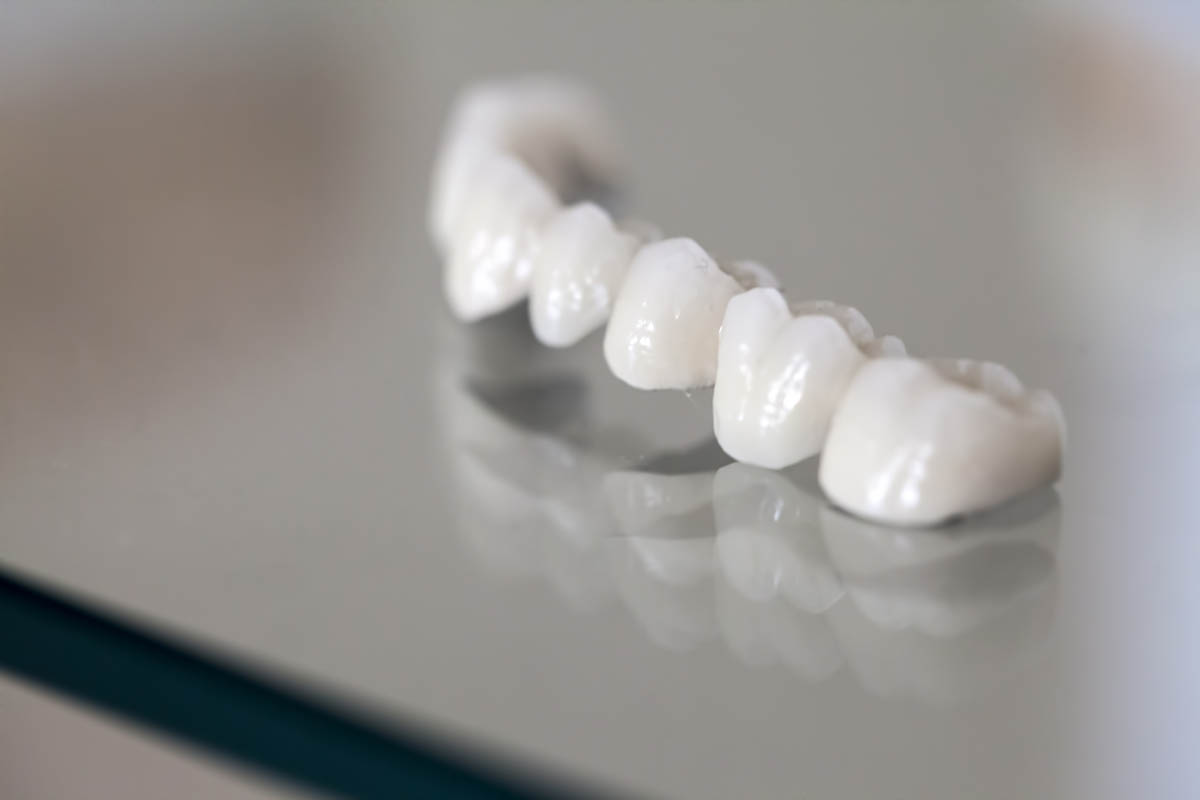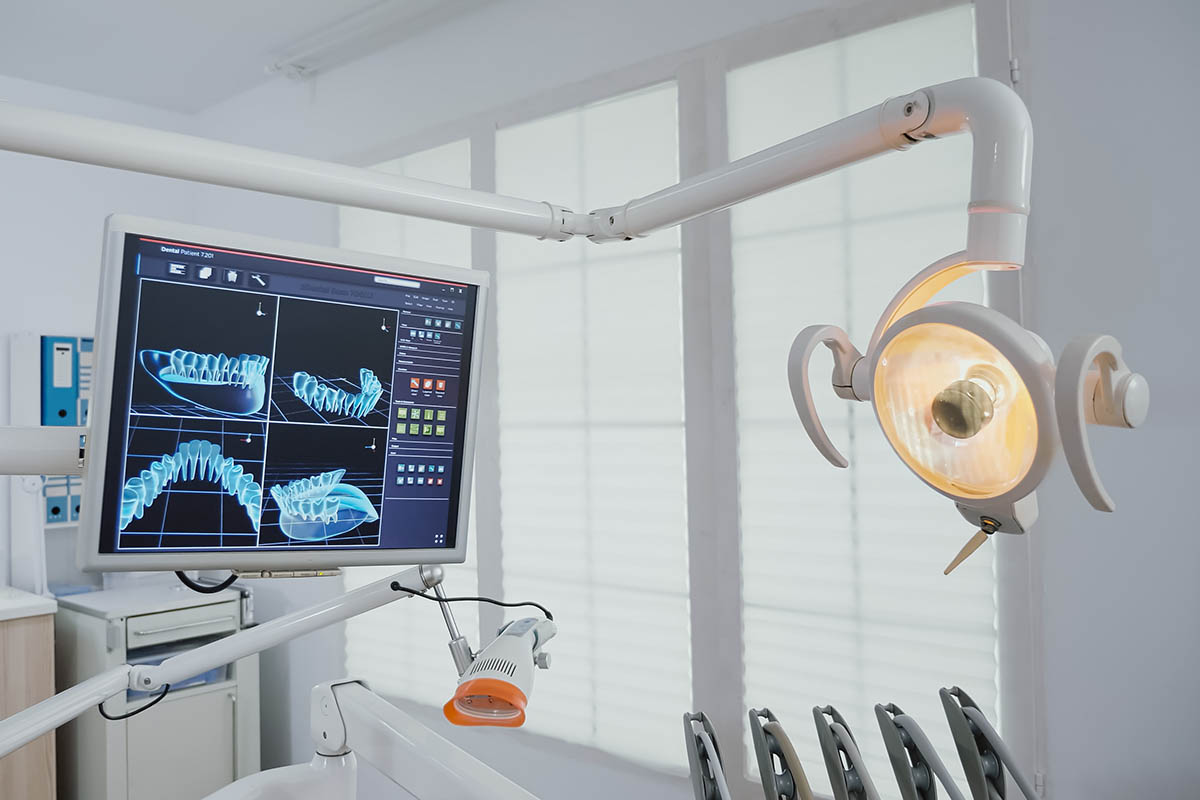Everything You Should Figure Out About Dental Bridge
Life is full of unexpectancies and surprises. Unfortunately, those surprises aren`t always pleasant ones. They involve accidents and traumas, which may lead to significant problems with your health. It involves your teeth as one of the worst cases.
In this article, we will look through a bridge dental, its types in restorative dentistry, and in what cases you need one.
What`s a dental bridge?
It is a typical idea how to replace one or more (we hope you don`t need “more”) missing teeth. Usually, bridges are made of an artificial tooth joined to crowns on one or another side, which are then firmly attached to the natural teeth next to the empty space.
They can be created of porcelain, alloys, gold, or a combination of these materials, and they can be toned with the color of your natural teeth. If you are considering installing one, it is crucial to turn to your dentist to advise whether it is the right choice for you.
A dental bridge can be also described as a false tooth, known as a pontic, which is fused between two crowns to fill in the space of a missing tooth. The two crowns holding it in place are soldered to the teeth on one or another side of the false tooth.
This is known as an anchored dental bridge. In most cases, it is used to restore a single missing tooth, but it is also feasible to have more than one missing tooth replaced with a combination of both dental bridges as well as implants.
In spite of that, a dental bridge cannot be used to restore the complete row of teeth. This is because the bridge would not be strong enough to withstand the forces created by biting or chewing. This is known as a fixed dental bridge. Remember that it must be planned and built by a dentist, who will make sure it fits into place perfectly.
Why should you get a dental bridge?
Advantage #1: It can improve your appearance.
Advantage #2: It can help restore your chewing function.
Advantage #3: It can help support your lips and cheeks.
Advantage #4: It is usually more affordable than dental implants.
Advantage #5: It helps maintain the shape of your face
Advantage #6: It prevents your teeth from shifting
Advantage #7: It makes it easier to eat and speak
Advantage #8: It can last a long time with proper care
4 groups of dental bridges:
- Traditional
The first type is composed of two crowns, which surround the teeth on one side or another of a gap and a false tooth in between.
- Maryland
This type of dental bridge reminds of the butterfly as it has wings on both sides of the false tooth that are bonded to your real teeth.
- Cantilever
The second type is similar to a traditional one, but it only has one abutment tooth. It means it is attached only to one tooth.
- Implant-supported
Lastly, an implant-supported bridge has some similarities to a traditional bridge, but the false tooth is attached to the titanium inserts, which are located below. Implant-supported bridges don`t need two crowns which are placed on the teeth on the side of the gap.
More information you can find on the website NewOrchardDentistry.
What are the most popular and common types?
As mentioned above, they are usually made of porcelain or ceramic and are fixed with the surrounding teeth. You may choose a removable or permanent bridge. Removable bridges can be removed when you eat or brush your teeth and are generally reserved for front teeth.
Permanent is fixed to your existing teeth and cannot be removed. They often require the removal of a tooth or teeth on one side or another of the gap to make enough space for the bridge.
Before you decide…
When it comes to dental bridges, there are a few things you need to consider before getting one. First, you need to have healthy teeth on one side of the gap to hold it. You also need to be committed to keeping the area clean, as bacteria can easily build up around the bridge and this can lead to decay. Finally, you should be prepared to pay a little extra, as they are not typically covered by insurance.
What are the disadvantages of dental bridges?
Nonetheless, there are some disadvantages of dental bridges that patients should be aware of before deciding if this is the right treatment option for them. One disadvantage of dental bridges is that they require the adjacent teeth to be filed down in order to fix the bridge.
This can damage these healthy teeth and make them more susceptible to decay and gum disease in the future. Additionally, bridges can be challenging to clean and keep free of bacteria and plaque, which can lead to gum disease around the bridge.
What are the risks connected to dental bridges?
There are some risks associated with dental bridges, such as gum disease, decay, and bone loss around the teeth. If you have your dental bridge installed, it is necessary to brush and floss your teeth regularly, as well as visit your dentist`s office for regular check-ups.
The most common complication is an infection at the site where the dental bridge is attached to your essential teeth. This can happen if the gum tissue is not healthy or if the bridge is not fitted correctly. Infection may require antibiotics or even surgery to correct.
Damage to the adjacent teeth is also possible, although this is uncommon. Another rare complication of dental bridges is the failure of the tooth-shaped portion of the bridge. The dental bridge may become loose, or the attachment points on the natural teeth may wear away.
If this happens, a new bridge may need to be attached. It is important to visit your dentist regularly to catch any issues early.
But how much do dental bridges cost?
The answer depends on a few factors, including the type of dental bridge you choose and the number of teeth you need to replace. The most common type of dental bridge, a traditional bridge which was mentioned above, can cost anywhere from $500 to $1,000 per false tooth.
The average cost of dental bridges is around $1,500, considering their different types. However, the cost can be more or less depending on how much work is needed. The cost will also vary from dentist to dentist.
What happens after?
It is crucial to take care of your dental bridge so that it will serve you for many years. Caring for your dental bridge is not that challenging. You should brush your teeth before and after every meal, as well as twice a day while you are sleeping.
This will help you keep the area clean and prevent decay. You should also floss your teeth regularly to avoid the build-up of plaque. You should visit your dentist every six months for a check-up to ensure you are keeping your teeth and bridge healthy.




















